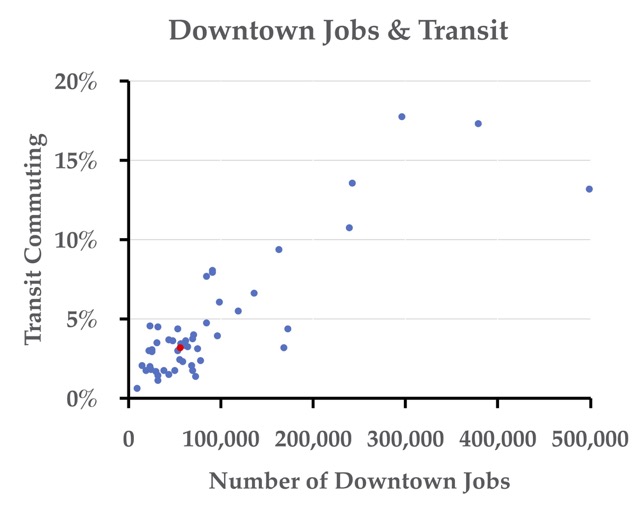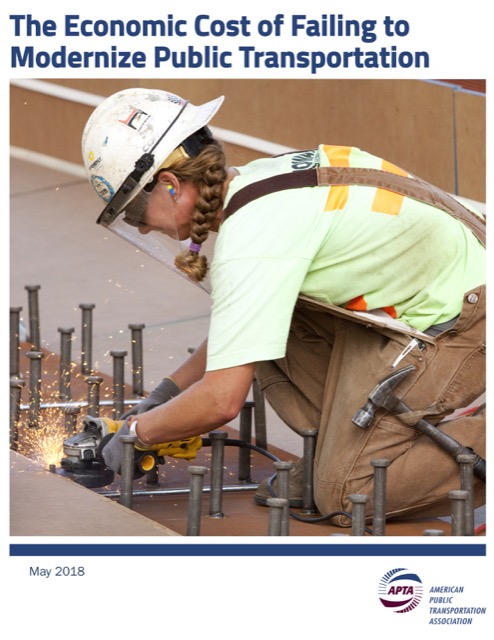News flash: A state-sponsored company in China has announced that has developed an electric typewriter that is faster than an IBM Selectric. HCN (whose motto is “we’re one step beyond IBM”) plans to sell an electric typewriter that allows typists to type more words per minute than any previous electric typewriter.
This demonstrates that the United States is falling behind in the critical electric typewriter race, just one more field in which other countries are demonstrating their technological superiority. IBM hasn’t even made a Selectric typewriter in the United States since the 1980s, which must be another example of manufacturing jobs being shipped overseas. Members of Congress have reacted by proposing to tax word processing software so that the federal government can raise the billions of dollars needed to restore American technological superiority in this vital field.
Sounds ridiculous? Of course. Yet how is this different from saying that, because China, Japan, France, and Spain are losing money on new high-speed rail lines, we need to lose money building high-speed rail lines as well? Perhaps we should tax airlines to subsidize high-speed rail in the same way that some cities and states are taxing ride hailing to subsidize public transit. Continue reading









